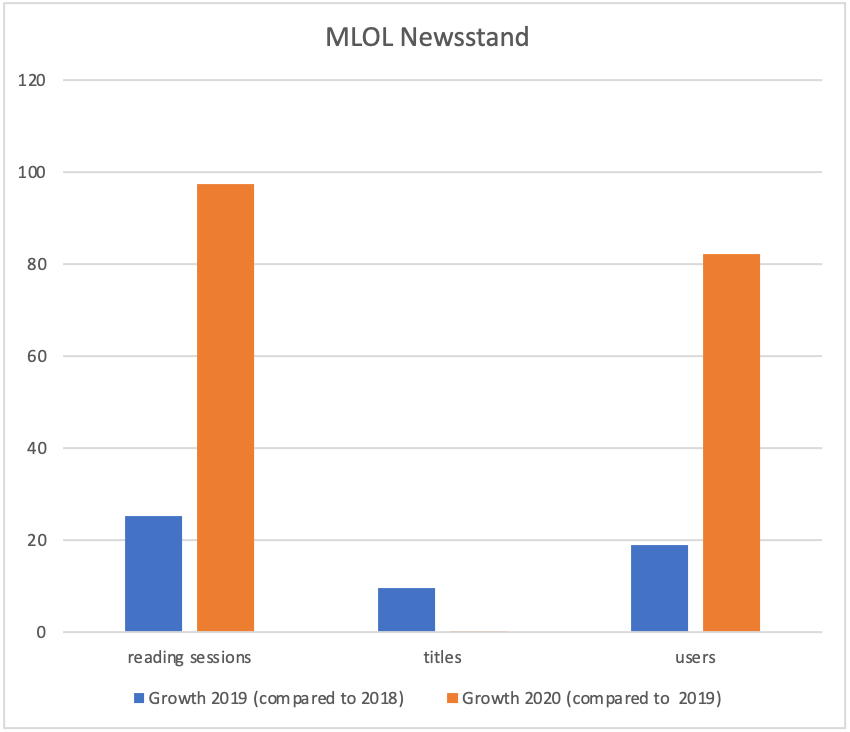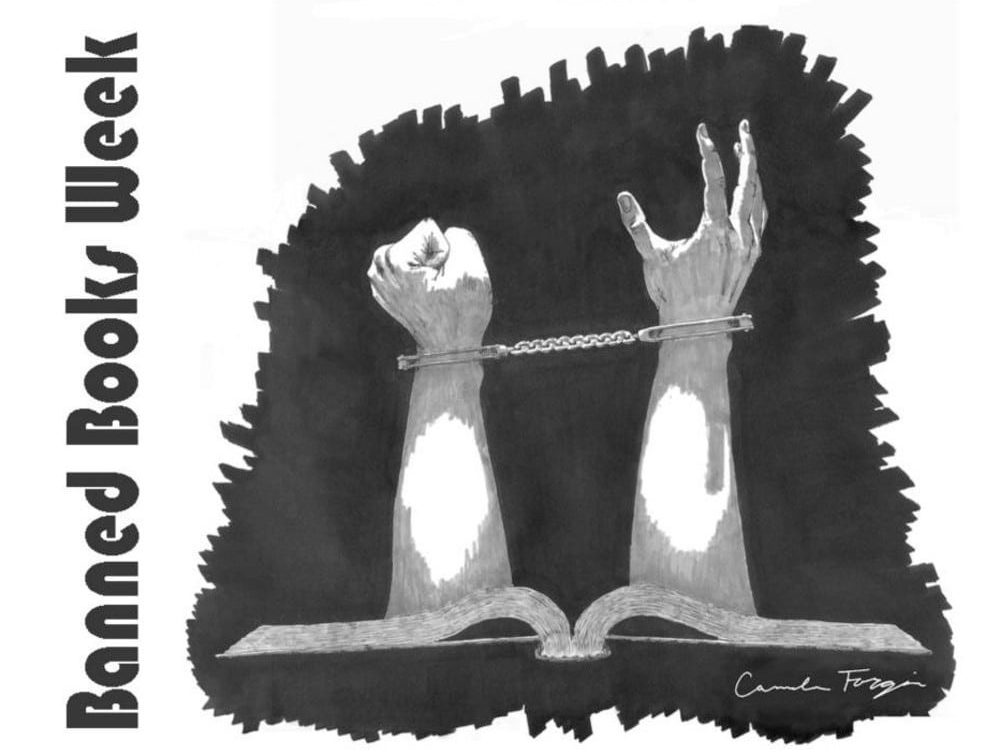19 March marks the European Digital Day – an occasion for stakeholders from Member States and the EU to discuss the challenges of navigating the digital transformation, and commit to action towards a greener, more robust, fair and sustainable digital future.
This gives libraries – not just within the EU, but around the world – an opportunity to reflect on their own roles in this transformation. The Digital Day agenda points to a few key topics at the forefront of the discussion: these include fostering green digital solutions and a diverse and robust tech startup ecosystem.
What is the library angle on this – and how can libraries contribute to these priority goals?
Together for a greener digital future
Clearly, library field’s ambition to support sustainability and help reduce damage to the environment is longstanding (with many initiatives, for example, spotlighted and launched by the Environment, Sustainability and Libraries Section of IFLA). What does this mean for their role in the digital information society?
On a larger scale, the relationship between environment protection and digital transformation goals is fundamentally two-sided. Reflections on this duality can clearly be seen, for example, in the conclusions and main take-aways from the 2020 Internet Governance Forum Environment track.
On the one hand, participants underlined the vast potential of technology to measure, monitor, examine, and help address the current environmental crises. On the other hand, the ICT ecosystem consumes vast amounts of energy, and the CO2 emission is produces cannot be ignored – not to mention other environmental considerations such as e-waste.
In fact, the summary of takeaway messages notes that there are studies indicating a negative correlation between digitisation and progress towards climate and environmental SDG goals. One of the key questions this raises is how to bridge the digital divide in an environmentally sustainable way – and what is needed to leverage ICT to build a more green and sustainable future.
Open Data
Crucially for libraries, one key part of the answer here is that of opening data – a key prerequisite for developing technology solutions to help meet environmental and sustainability goals. IGF stakeholders reiterated that a lot of relevant and crucial environmental data is already being collected – but not always shared by private or public bodies, or is not easily available for others to access, use or act on.
In an earlier blog, we have looked into the diverse roles libraries play in championing and supporting the open data movement. Academic libraries assist researchers in using and contributing to available open data, curate and help ensure easy use and access to open datasets. There are excellent examples of public libraries helping engage the wider public and non-experts in open data initiatives – or partnering with public bodies to help build user-friendly open data portals which support and encourage engagement.
These competencies and potential can certainly be leveraged for opening data that helps address environmental crises. Similarly, libraries are in a unique position to offer equitable opportunities to learn skills of working with data, programming and coding to better address these challenges (see e.g. Brooklyn Public Library’s “Coding Environment” virtual offering).
Digital device economy
An equally pressing question is the sustainability and environmental impact of connectivity devices. Association for Progressive Communications has recently released a preview of a Guide to Circular Economies of Digital Devices, which highlights the current impact of a linear digital device economy model, and makes the case for circular digital device economies.
One of the interesting points the guide raises is:
“If we consider that devices are valuable for their computing resources, then we should focus on the right to use a device, not on the right to ownership. Maximising circularity asks us to see devices as collective property that circulates among users until they are finally recycled.”
Naturally, the key insights this points to focus on reuse and circulation of devices, as well as recycling to extract the value of raw materials.
However, for libraries, this also raises interesting questions about the value of the kind of collective use and public access to devices libraries offer – from PCs and printers to creative equipment like cameras and 3D printers. So it would certainly be interesting to further examine what kind of role public and shared device use models can take in the discussion of device use, as opposed to device ownership.
Together for a robust and diverse tech innovation ecosystem
Another key element of the Digital Day agenda emphasises dialogue and commitments to foster a robust, diverse and sustainable tech startup and entrepreneurship ecosystem. Certainly, this goal and ambition isn’t unique to Europe (see, for example, the Digital Transformation Strategy for Africa).
One of the persistent challenges the IT sector has been working to address are gender and diversity gaps in tech startups. While this is certainly a complex issue requiring comprehensive and multi-level solutions, is there a way for libraries to contribute their part – and support tech innovation at large?
As the experience of some libraries suggest, they are well-positioned to deliver a unique combination of two outreach initiatives that can help make a difference.
On the one hand, from Singapore to South Africa to the United States, libraries offer digital skills learning opportunities – from classes to makerspace workshops, helping nurture people’s interest in, and even develop competencies that can useful for employment in, the IT field.
The idea of diversifying the tech sector through such clubs and learning opportunities is not new, of course. But the unique position of libraries as a wide network of trusted and open institutions shows how much scope there is for amplifying these efforts and reaching more people.
And on the other side, there is libraries’ experiences with helping people find employment – including their support for business and entrepreneurship. Library support can range from access to databases with valuable information, market research and company data, to helping navigate questions IP rights, and more.
Taken together, these library capacities can help bring more people into the sector, foster creativity and tech innovation – and mode towards a more fair, sustainable and diverse digital future.

